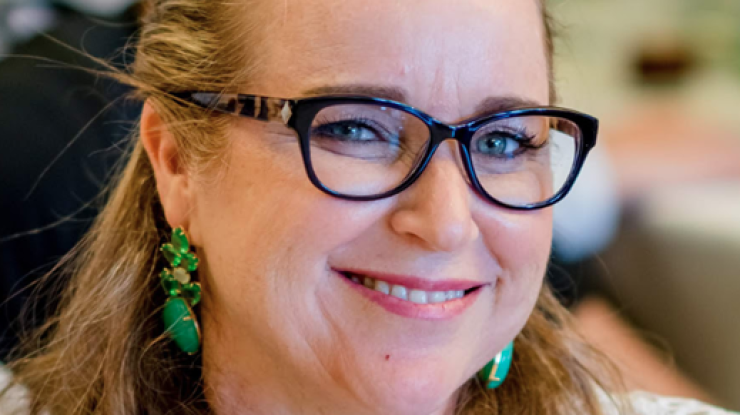Even with the pandemic's dramatic shift to online commerce, TIAA Bank's Claudia Tabacinic says there's still room to migrate consumers, and lingering reluctance to embrace new technology.
"First and foremost is how do we promote everything and anything that is tied to digital payments?" said Tabacinic, senior vice president, consumer, commercial and affiliate deposits product and pricing at TIAA Bank. "We have a number of customers and there are a number of consumers in the U.S. that don't feel comfortable engaging digitally."
TIAA Bank, the banking subsidiary of TIAA, is based in
"Payments is an area that's changing a lot due to the virus, where people have had to stay home or can't visit a branch," Tabacinic said.

There's been a lot of focus on cash-based economies like India and Latin America quickly adding digital payment technology, with an
TIAA Bank has increased focus on mobile enrollment for cards and other payment accounts, operating similar to fintechs, challenger banks, or technology companies entirely outside of financial services that use mobile apps primarily to quickly enroll payment accounts, then upsell other products off of the payment relationship. The bank is also focusing on increasing adoption of contactless payments that are tied to its mobile banking and digital wallet.
Tabacinic encourages other banks, particularly community banks, to use the same strategy. Research from
"It starts with account opening, and making that faster with branches closed and staff not able to show up for work," Tabacinic said. "If the consumer's first experience with the bank is good, then there is an opportunity to add other mobile services. But there are still lots of banks that don't offer mobile account opening."
Community banks lag behind larger banks and fintechs in advanced mobile capabilities, hindering their ability to offer P2P and mobile payment apps as a gateway. Banks with less than $50 billion in assets offer less than a third of the mobile features the largest banks offer, according to
The mobile payments and digital enrollment gap for community banks often leads small businesses or young consumers — demographics that fit community banks well — to use mobile apps from fintechs to support payments, or to add a digital payments option for a brick-and-mortar business. Technology companies like PayPal and Square additionally offer merchants credit based on future revenue, a strategy
It's vital that smaller banks create an easy route for consumers to embrace digital payments, P2P apps like Zelle, and virtual prepaid and gift cards because these services are available form institutions outside banking, Tabacinic said.
Adding digital enrollment and mobile payment apps opens smaller banks to future innovation, such as the use of voice assistants. Lagging behind the curve will lead younger consumers to nonbank alternatives.
"Kids are comfortable with 'speaking to' their devices, so we need to create an ecosystem where we're talking to our technology as opposed to typing or swiping," she said, adding the industry is developing wearable technoloyg and TIAA Bank is monitoring its progress to harness that tool for clients in the future.
Writing for
Contactless payment adoption has spread throughout the U.S. due to the coronavirus.
"In 2020, as a result of the pandemic, we have seen payment providers accelerate the migration of their portfolios to become more contactless in general as user have requested contactless cards," said Alberto Hernandez,senior vice president of patent sales and marketing at Valid, a Rio de Janeiro-based financial services technology company. "Beyond the rise of contactless cards, e-commerce transactions are spiking as well. When ordering online, consumers still need a credit or debit card."





